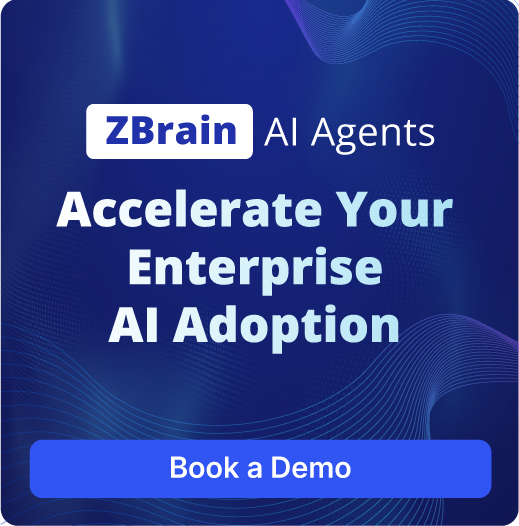
 Live
LiveMulti-format Document Summary Agent
Automatically generates concise, contextual summaries from documents of various formats to speed up reviews, decisions, and knowledge sharing.

 Live
LiveDocument Translation AI Agent
Automatically translates content into the desired language, preserving context, formatting, and industry-specific terminology.

Document Comparison Agent
Compares documents to previous versions, ensuring consistency, accuracy, and compliance with predefined standards.

 Live
LiveMulti-format Document Summary Agent
Automatically generates concise, contextual summaries from documents of various formats to speed up reviews, decisions, and knowledge sharing.

 Live
LiveDocument Translation AI Agent
Automatically translates content into the desired language, preserving context, formatting, and industry-specific terminology.

Document Comparison Agent
Compares documents to previous versions, ensuring consistency, accuracy, and compliance with predefined standards.
Streamline Document Management with ZBrain AI Agents
ZBrain AI Agents for Document Management offer a comprehensive solution to handling the complexities of document-centric operations. These intelligent agents facilitate seamless management and manipulation of documents by automating essential sub-tasks such as Document Comparison, indexing, and secure storage. By employing the latest advancements in artificial intelligence, ZBrain AI Agents ensure that your documents are accurately compared, organized, and stored, thus enhancing operational efficiency and reducing manual workload. As a result, teams can focus on strategic tasks and be confident in the reliability and speed of their document management processes. The capabilities of ZBrain AI Agents extend beyond mere efficiency. They provide a robust solution for improving document accuracy and compliance. The Document Comparison feature, for instance, empowers teams to quickly identify changes between document versions, thereby reducing errors and supporting systematic record-keeping. With the ever-growing need for accuracy and speed in document handling, ZBrain AI Agents for Document Management optimize workflow and enhance overall productivity. By integrating these AI-driven solutions, organizations can leverage technology to support seamless information management and data integrity across various sectors.

